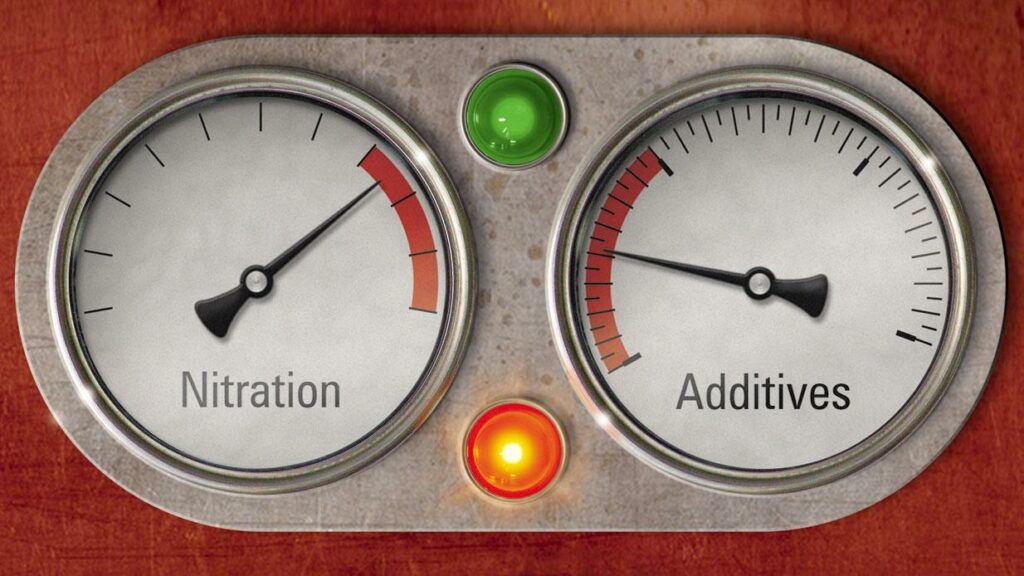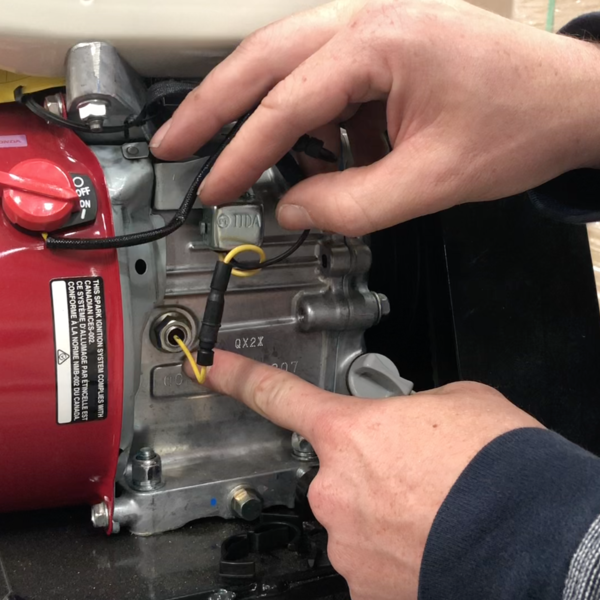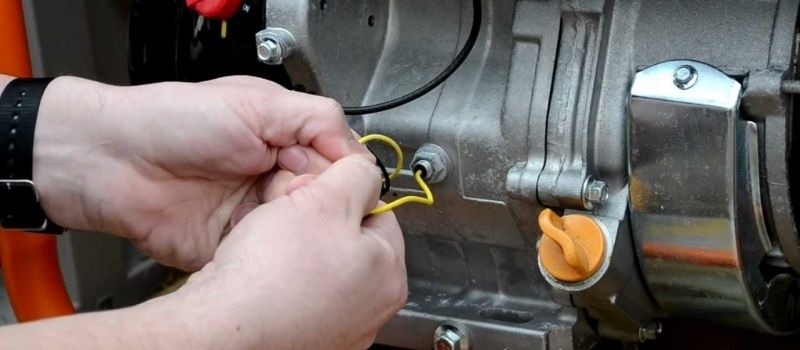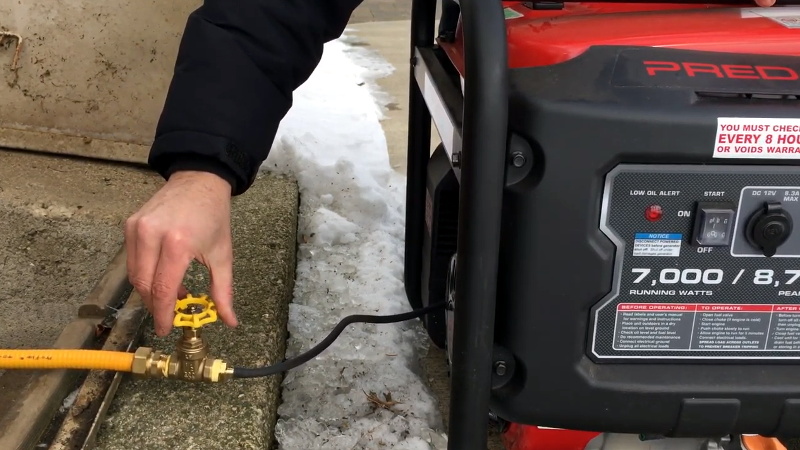Is your low oil sensor on and the generator off because of this sensor?
This guide will explain why the low oil sensor is activated. Moreover, you need to bypass the low oil sensor and get that generator started.
How Does the Low Oil Sensor Work?
The low oil sensor on the generators monitors the oil levels. If the sensors detect that the oil has fallen below a preferred level, it automatically shuts down the generator. The low oil switch provides a ground for the ignition through the switch and, in turn, disables the generator.
Importance of the Low Oil Sensor
 The low oil sensors are present as a precaution and the safety of the generator. It protects the generator from running on low or zero oil, which causes wear and tear of the machinery, eventually causing long-term damage.
The low oil sensors are present as a precaution and the safety of the generator. It protects the generator from running on low or zero oil, which causes wear and tear of the machinery, eventually causing long-term damage.
The oil acts as a lubricant for the metal components, which rub together when the generator works.
Without the oil, the friction between the parts will cause them to wear out sooner than they should. As a result, the generator would break down eventually, and you would see black smoke erupting from it.
This means the generator is severely damaged from the inside and will require you to get it fixed or replaced immediately.
However, it seems that even the low oil sensor can be activated despite ample oil in the generator. Therefore, your generator would still turn off and disrupt whatever it is you are doing.
For this purpose only, the following guide will explain how to bypass the low oil sensor in your generator. You should only perform these steps after you are sure that the sensor is faulty and is not active because of genuine reasons like low oil in the machine.
3 Easy Steps to Bypass the Low Oil Sensor
Step 1
Locate the low oil sensor. It is near the oil filling cap, which is usually in the front of the generator.
Step 2
Here you will see a simple socket connecting two yellow wires. Disconnect those two wires from each other. All generators are different, so a simple wire will be connected to the low oil switch in some instances. Simply remove that wire from the switch
Step 3
 Tape the wire that has been removed from the switch to avoid it touching the ground.
Tape the wire that has been removed from the switch to avoid it touching the ground.
The low oil sensor is not disabling the ignition any longer. You can now start the generator, and it will strike into action as it normally does.
When the generator starts, the oil begins to heat up. This pushes the previously stuck oil sensor to be released from the bottom of the crankcase. Now, you need to reconnect the wire safely back onto the sensor or switch. This is for the secure usage of your generator in the future.
Reasons the Low Oil Sensor is Triggered
Before you choose to bypass the low oil sensor on your generator, you need to assess the reason the sensor has been activated in the first place. This is to ensure that you don’t just bypass the sensor when the machine requires something else. There are several reasons behind the sensor’s stimulation.
Lack of Oil
The first and most prominent reason is that there is no oil. It is also possible that the oil fell below a certain level, making it harmful for the generator to work now.
If the problem persists even after adding more oil into it, check for leaks within the generator. You should also check for a faulty sensor.
Faulty Sensor
If you have analyzed and fixed the oil levels and the generator isn’t screaming. It isn’t throwing out black smoke. It’s likely the low oil sensor is faulty. It is preventing the generator from working normally.
Another problem with the sensor is that it may remain stuck as “on” even after refueling and checking for leaks. The sensor may also stick to the bottom of the crankcase and cause it to remain that way, preventing the ignition of the generator.
This is the scenario when you most probably need to bypass the low oil sensor and have the generator up and running to finish whatever you were doing. Once you’ve used the generator, for the time being, get the faulty sensor changed to continue using the generator safely for the next occasion.

Oil Leakage
The sensor detects that there is not enough oil. However, you just filled it up with more fuel. Another possibility is that there is seepage.
Oil leaks are more likely in older machines. As a consequence of which, pieces begin to deteriorate, eventually causing a leak. This problem can be extended by doing regular maintenance of the generator.
Engine Degeneration
Due to the engine, wear and tear over time can produce a restraint in the oil flow and cause the oil pressure to drop. This will activate the low oil sensor to prevent any damage to the appliance.
Conclusion
The low oil sensor is an essential component for your safety and the smooth running of the generator. However, if the sensor is defective, it will cause the generator to stop working. These three easy steps will help you bypass the low oil sensor when in need.
Nevertheless, the sensor should first be analyzed to check if there are genuine reasons for its activation: low oil, oil leaks, and engine degeneration. If the sensor is faulty, get it changed or fixed, but in the meanwhile, you can bypass the low oil sensor to complete your task.
